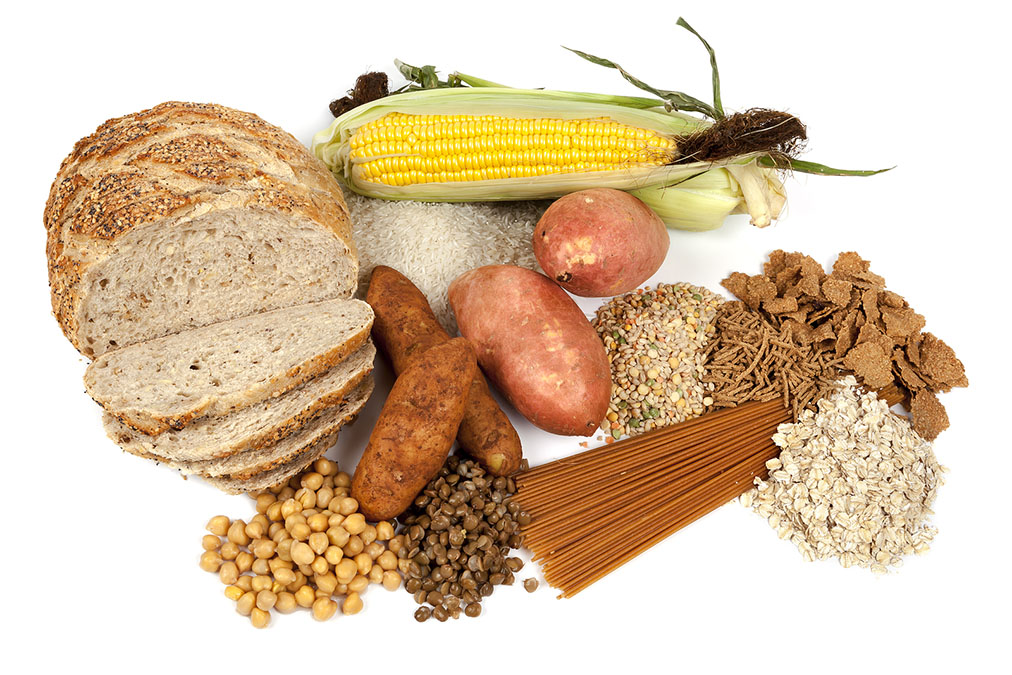Maintaining a nutritious diet doesn’t have to be expensive or complicated. With strategic planning and thoughtful choices, we can fuel our bodies with healthy, affordable meals that align with our budgets. This guide explores how to eat healthily without overspending.
Plan Your Meals Ahead of Time
Meal planning is an essential step in maintaining a healthy diet while saving money. By organizing meals for the week, we can reduce waste and eliminate impulsive purchases. Here are the key steps:
- Create a Weekly Meal Plan: Plan nutritious meals using ingredients that are already available at home. Include a variety of proteins, vegetables, fruits, and whole grains.
- Make a Detailed Grocery List: Write down only the items needed for your meals and snacks to avoid buying unnecessary products.
- Batch Cooking and Freezing: Prepare meals in bulk and freeze portions to save time and money.
Shop Smart for Groceries
Adopting smart shopping habits can significantly reduce costs without compromising nutritional value.
- Choose Generic Brands: Opt for store-brand products rather than name brands. They often contain the same ingredients but cost less.
- Buy in Bulk: For pantry staples like rice, lentils, oats, and beans, buying in bulk saves money over time.
- Seasonal and Local Produce: Purchase fruits and vegetables in season. Seasonal produce is usually fresher, tastier, and more affordable.
- Utilize Coupons and Discounts: Look for deals, coupons, and sales from local stores and online grocery platforms.
Focus on Nutrient-Dense, Low-Cost Foods

Incorporating affordable superfoods into our meals ensures optimal nutrition without overspending. Some excellent options include:
- Beans and Lentils: Rich in protein and fiber, they are versatile and affordable ingredients for soups, stews, and salads.
- Eggs: A budget-friendly source of high-quality protein and essential nutrients.
- Frozen Fruits and Vegetables: Often more affordable than fresh produce, frozen options retain their nutritional value and have a longer shelf life.
- Whole Grains: Brown rice, quinoa, and oats are nutritious staples that cost less per serving.
Cook at Home More Often
Dining out or ordering takeout regularly can quickly add up. Cooking at home is a cost-effective way to control portions and ingredients.
- Master Simple Recipes: Stick to easy recipes that require minimal ingredients and preparation time.
- Repurpose Leftovers: Transform leftover meals into new dishes to reduce waste and stretch your budget.
- Use a Slow Cooker or Instant Pot: These appliances make it easier to prepare healthy meals in bulk.
Cut Back on Processed Foods
Processed and convenience foods often contain hidden costs and unhealthy additives. Instead, prioritize whole foods:
- Snack Smarter: Replace packaged snacks with affordable and healthy options like homemade popcorn, sliced vegetables, or fresh fruit.
- Avoid Sugary Drinks: Replace sodas and energy drinks with water, herbal teas, or infused water for hydration.
- Prepare Homemade Snacks: Make granola bars, trail mixes, or yogurt parfaits to save money and ensure better nutrition.
Grow Your Own Produce

If space allows, growing fruits, vegetables, and herbs at home is an economical way to enjoy fresh produce.
- Start Small: Plant easy-to-grow crops like tomatoes, lettuce, and herbs in pots or garden beds.
- Use Kitchen Scraps: Regrow green onions, celery, or lettuce from scraps to reduce food waste.
- Compost for Fertilizer: Composting organic waste enriches soil and promotes healthy plant growth.
Minimize Food Waste
Wasting food is like throwing money away. By using strategies to minimize waste, we can maximize our grocery budget.
- Store Food Properly: Keep perishables in the correct conditions to extend their shelf life.
- First In, First Out Rule: Use older items first before opening new ones to avoid expiration.
- Creative Repurposing: Turn scraps, peelings, or slightly wilted vegetables into soups, smoothies, or stocks.
Embrace Community Resources
Community programs can support healthy eating on a tight budget.
- Food Co-Ops and Farmers’ Markets: Join cooperative buying groups or visit farmers’ markets for affordable, fresh produce.
- Local Food Banks: Access free or low-cost food resources from food banks or community organizations.
- Cooking Classes and Workshops: Learn new recipes and budgeting tips through community-run classes.
Conclusion
Eating healthy on a budget requires careful planning, smart shopping, and creative solutions. By implementing these tips, we can nourish our bodies while staying financially responsible. Prioritize nutrient-dense foods, cook at home, minimize waste, and explore community resources to stretch your budget effectively.

Breakthrough Discovery Reveals How Cutting Out ONE Hidden Ingredient Lowers Cholesterol Level Below 100 And Clears Out 93% Clogged Arteries – Starting Today!
Preventing Diseases Such As Stroke and Heart Attack! click here




